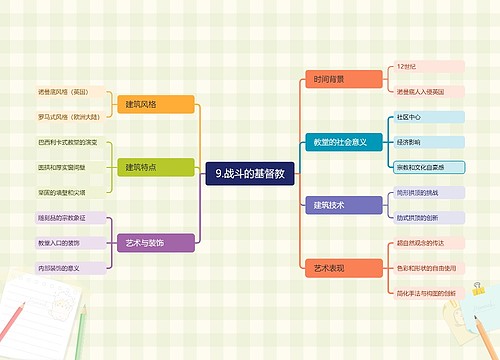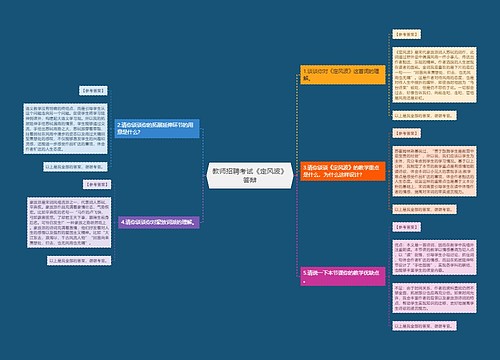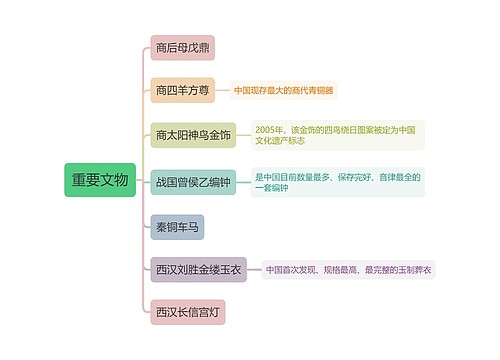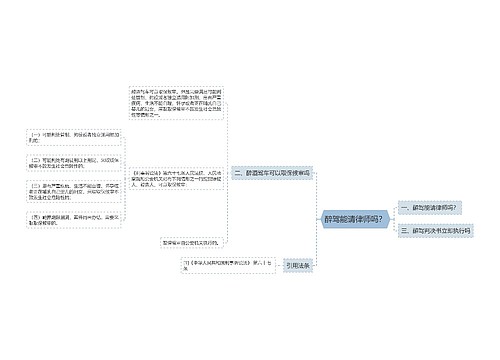Every year hundreds of thousands of visitors to New York City go to see the United Nations Headquarters in midtown Manhattan. The 18-acre site includes four buildings – the Secretariat, the General Assembly, the Conference building, and the Dag Hammarskjold Library. The United Nations (UN) currently has 192 members, and the flags of those nations line the plaza in front of the General Assembly Hall and Secretariat. The row of flags, displayed in English alphabetical order, from Afghanistan to Zimbabwe, stretches from 48th Street to 42nd Street.
The decision to locate United Nations Headquarters in the United States was made in 1946 by the UN General Assembly, then meeting in London. Several U.S. locations were considered, but a donation of 8.5 million dollars from philanthropist John D. Rockefeller, Jr. secured the purchase of land at the present site. And the City of New York provided a gift of additional land. The UN complex was designed by an international team of prominent architects. American Wallace K. Harrison was named chief architect, and ten other countries each nominated an architect to the Board of Design Consultants. The 11 architects began the project in early 1947. The U.S. government provided an interest-free loan to the United Nations for the cost of construction, which began in 1949.
The Secretariat Building, which houses the UN administrative offices, was completed in 1950, and United Nations Headquarters officially opened in 1951. The Library was dedicated in 1961. Over the years, changes have been made inside the buildings to accommodate the expanded membership of the United Nations. Today the General Assembly Hall, the largest conference room, seats more than 1,800 people.
The UN Headquarters site is international territory owned by the member nations. It has its own security force, fire department, and postal service. The postal service issues stamps that can only be mailed from the Headquarters; tourists often mail postcards bearing these stamps.
Taking a guided tour is the only way for visitors to see the inside of the UN Headquarters. Tours are led by professional guides representing all the member nations and are conducted in many different languages. Visitors taking a tour see exhibits, various council chambers, and the General Assembly Hall. If their timing is good, they might even see a council meeting in session.
The United Nations Headquarters displays many beautiful and meaningful works of art created specially for its halls and chambers. Sculptures and statues donated by member nations adorn the grounds of the complex. One sculpture, the Japanese Peace Bell, was made from the metal of coins collected from 60 different countries. Japan presented the bell to the United Nations in 1954, and it is rung every year on September 21, the International Day of Peace.
The Peace Bell and other sculptures, as well as paintings and murals inside the buildings, create an impression of grandeur and dignity, reflecting the importance of the work being done at the United Nations.
(1)If you want to see the flag of the People’s Republic of China in front of the UN headquarters, you would most probably find it ________.

















